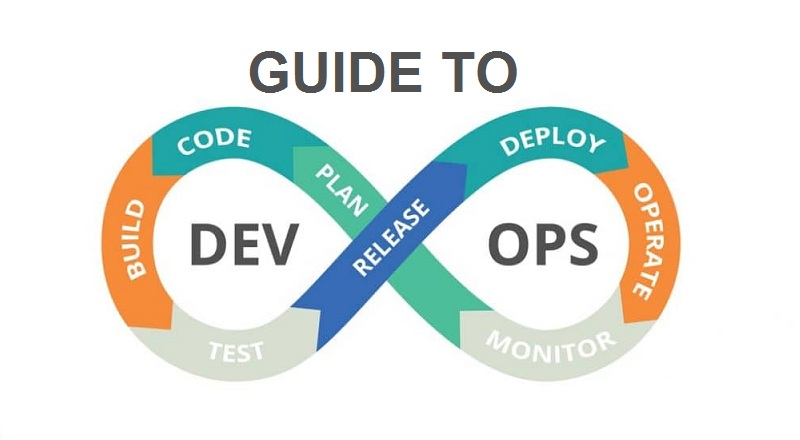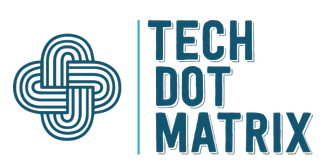
Best DevOps Practices
So, DevOps is cool, but it can lead to chaos as well if not properly implemented. Below I am listing down five top practices that should be kept in mind when implementing DevOps.
1. Don’t Ignore Automation
Automation is a key to DevOps. If there is anything manual, be it testing or deployment or even integration, that needs to go. If one pipeline is configured but the other is still manually maintained, you are just one step away from disaster. Today, DevOps tools allow automation of every conceivable software development pipeline such as integration, testing, unit testing, deployment, versioning, and so on. These pipelines may take some time to configure, but once it is enforced, they will save unlimited time.
2. Monitoring
You need to keep an eye on the monitoring of the whole process from unit testing to final deployment. Metrics, KPIs, analytics, and failures should be noted so that sprints can be planned accordingly. Keep checking logs, database bottlenecks, query execution time, and other metrics.
Also Read: An Introduction to the Different Programming Languages
3. Team Structure and Process
I cannot stress enough how critical is the team structure. Software development pipelines are great until they are managed properly. But if the team structure is not well designed to suit the pipelines, the whole team can have the worst nightmares. What I mean, developers should not be concerned with the deployments. If the tests are failing, testers are not responsible for fixing them. Similarly, what if everything goes fine but for some reason, deployment is failing? Neither developers nor testers are responsible. Now suppose all the tests are fine and the live application load on the database increases. Neither developers nor testers are again responsible and now DevOps needs to scale. So, make sure your whole team is aware of their responsibilities. Remember too many cooks spoil the broth.
4. Continuous Integration
If there are multiple services and multiple codebases or sources from where the code is coming should be properly integrated and this process should be automated. Here we need to have code versioning and proper branching of the code. Once the code is integrated, we kick off testing making sure no piece of the application is breaking.
5. Continuous Delivery
Once the deployment package is ready now is the time for delivery. Both steps are distinct, and it might be possible that we have the integration ready, but we defer deployment. This can be because the build might be too large or for any other reason. These deployment decisions should be taken based on the data and the previously decided metrics.
6. Assess Your Readiness for Microservices
If you are planning to shift to Microservices and adopt DevOps to deploy the resources, make sure you are ready to adopt. Just having the DevOps tool in place is not enough. Start with your team. Does the number of teams reflect the number of microservices? What if one team is also dealing with other microservices? Do you have enough resources for testing, deployment, and management? Answer these questions. If there exists any one team that is managing/developing/testing more than one microservice, then your project is doomed to fail.
Also Read: Top Python Tools for Software Developers!
How Do I Choose DevOps Tool?
I specifically chose this part as the concluding remark for this post. We have seen why DevOps is crucial and when can DevOps deliver the best productivity. Here I will talk about some important points regarding which tool to choose.
First, don’t expect that I will say go for this tool or go for that tool. I will rather explain what to keep in mind when choosing a tool.
Security
Do your DevSEcOps tools scan the dependencies of your packages and really allow secure deep comprehensive scanning, putting your code at risk? Make sure you understand this concern and know what you are signing up for. Otherwise, you might be the next victim of cybercrime!
Cost
This is probably going to be the single most critical factor in choosing the right tool. Cost can make or break any project. Most DevOps tools come with costs based on the number of users and are billed annually. Here I will always recommend going for a compromise. A tool looks great but can come with a price tag that might not outweigh the cost saved. Another point, suppose you are going to build a DevOps toolchain and use different low-cost tools for specific purposes, it might look good choice in the beginning, but later support and seamless integration might suffer. In my project, I prefer choosing a tool that delivers 80% to 90% of the jobs instead of multiple tools made to work together.
Support For Multiple Platforms
Software platforms and frameworks are never-ending. Looks like this is a never-ending process. Every day some new framework finds its way with the developers. So, you want to be sure that the tool you are using is good to go with most of the frameworks. It can be used with all the popular cloud vendors making sure you never hit the showstopper.
You may also like our Programming section, to know more about IT engineers, but this section covers real work.




